
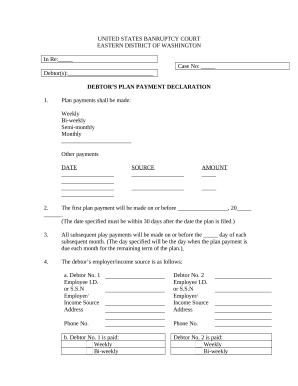
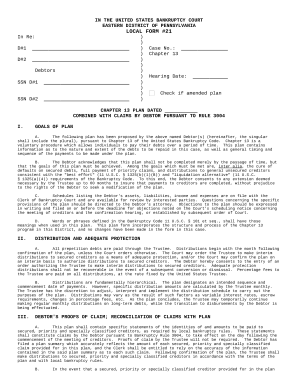
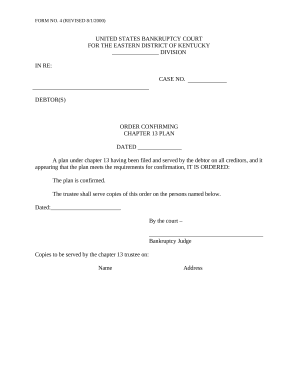

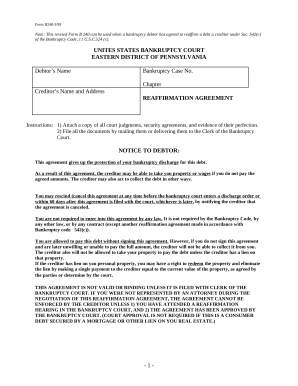
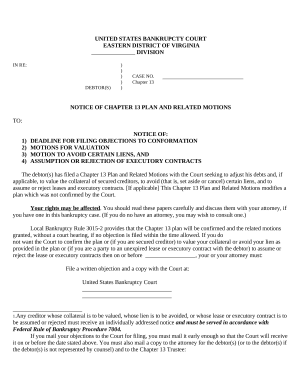
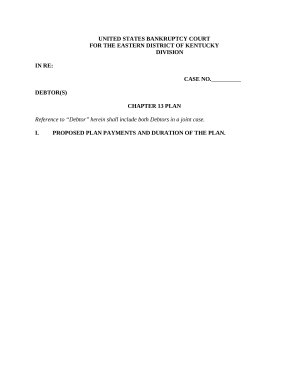
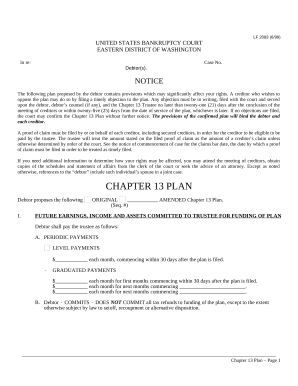
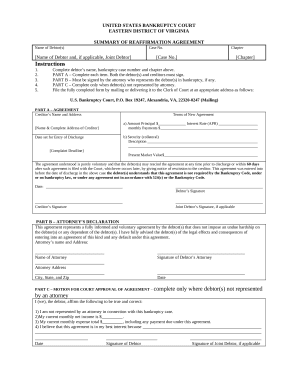

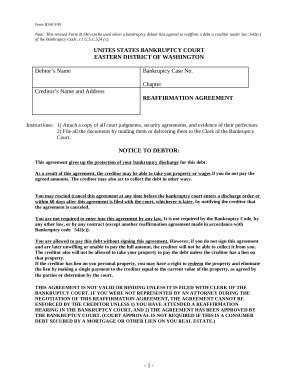
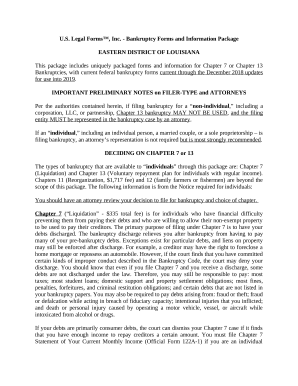
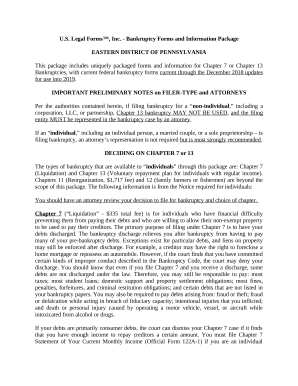
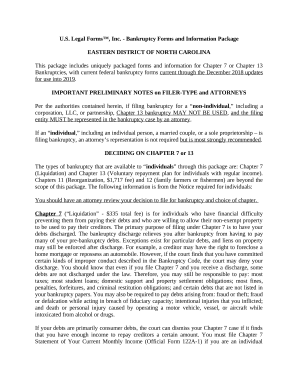

Papers managing consumes to half of your business hours. With DocHub, it is easy to reclaim your time and effort and enhance your team's productivity. Get Eastern District Bankruptcy Forms category and check out all document templates relevant to your daily workflows.
Effortlessly use Eastern District Bankruptcy Forms:
Improve your daily document managing using our Eastern District Bankruptcy Forms. Get your free DocHub profile today to explore all forms.